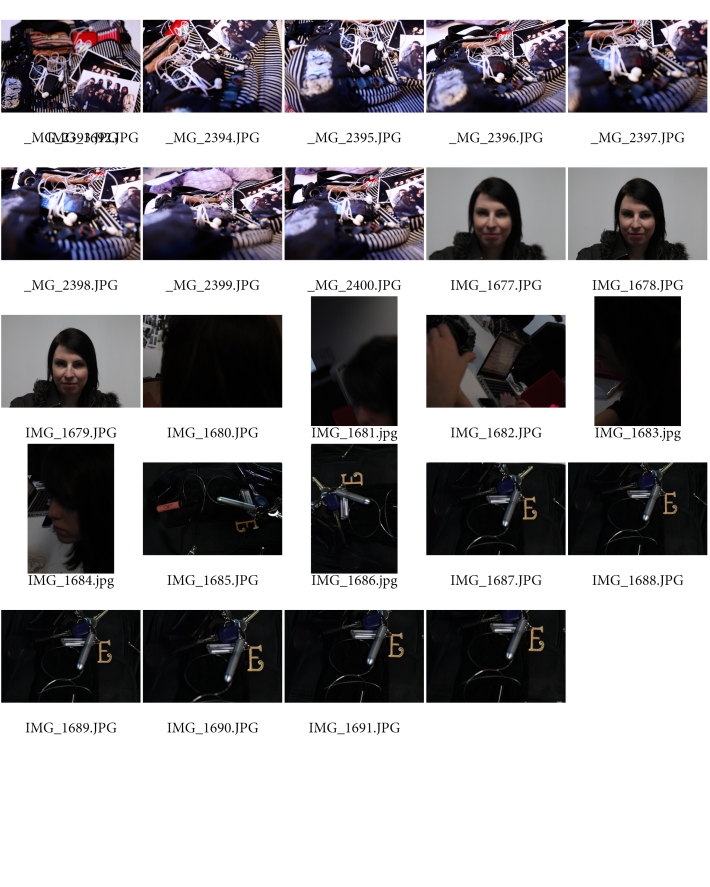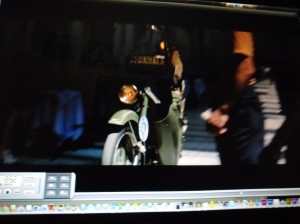For my assignment I was given the brief of
“You will be looking at the thesis in classic and contemporary photographic texts which layout specific ways of considering and making sense of photography…
Choose the argument in one of the texts read to frame the perspective of your practice, and link it to one the topics areas.
Eating Disorders
American Culture in the UK
The Freedom of the press
City Regeneration
The Occupy Movement
Ownership and property
Representing Another Culture
You will need to produce either a physical book (artifact) or a digital book for your final submission that link the text to the topic, with between 12 – 18 pieces”.
For this I have decided to look at Ownership and Property, through looking at people through their belongings instead of looking at them based on the perception received of them at first look. This is linked in with the text of “When Is A Photograph Worth A Thousand Words”. I chose this text as it links in with my theme through Tsinhnahjinnie H J speaking about how a photograph means more through it explaining it’s context and when you can relate to the photograph by memories.
From this I turned to looking at pieces that I could research, for this I found these artists.
The one that stood out to me most of all was it links in with my idea of representing people through their belongings that they carry. This work was based on the photographer Jon Crispin. Where he took images of suitcases that had been left behind at a mental health asylum. Here he photographed the people’s belongings of how they had been left in their suitcases when first packed. In tern showing the people and their personalities through the items rather than through the people themselves.
I found this work interesting as a way of depicting what the people was like. So it has become the main influence for my work.
My idea that has formed is that of getting people to place items that are important to them on the front of their bag. In tern capturing the things important to them, how much they hold onto their key possessions, what they find important and how much care they put into the item by how neatly they place the items.
Today I did my first shoot for my work I based this on my bag and the items in it. Here I was able to see how well my images would appear and also try different techniques and angles to capture my imagery through.
From this and other peoples opinion I found that the best way to capture the images in a simple fashion of straight down on to the bag. (The bag of which was used as a base as it made the items more personal and showed the case of which the items were held in).
These are all the images that I have captured.
So to make my book more personal I have decided that I am going to create it in the format of a physical book. This will be created through the format of a Japanese Stab Binding so to keep it in a simple, original format. Also keeping the images of the precious items hidden between the covers. Enforcing a personal outlook to each image.
When I was led onto my other shoots I decided that the most interesting way of capturing the imagery was by capturing different age ranges between forties and teens, both male and female. Here showing people at different points in their life and from different backgrounds through the way society has moved.
From this I have narrowed my images down and after speaking to my lecturer, I also took headshots of the people so to show them without the influence of their items. These are the headshots that I have captured.
Editing
From the idea of my book being based on the items and the people. I came to the conclusion that the best way to have the images would be that of in colour so to enforce the people’s personality more. Alongside keeping the images raw and honest. However, so that the main focus that would be based on the images of the possessions I have also decided that I will change the headshots to black and white. This will mean that the colour will attract the viewer first and bring them towards the main focus of my work. So that it is based on looking at the person through their personality than the first response of the person.
This is done through Adobe Photoshop. Through using Adjustments – Black and White.
I have also made the images into a set format for the headshots also, through the use of crop.
This has left me with these images.
Layout and Sequence
For creating my book I have come up with these ideas for layout.
From this I have decided to go for the theme of a diptych. Here a large-scale version of the images of possessions on the right hand page. Making it the first image seen each time. While on the left is a small headshot so to add extra information and also place a face to the property. Alongside this it also makes people look at the person with more of an insight of them than just a simple look at the person.
Today I have created my book through Adobe InDesign and Adobe Photoshop.
At first I changed my images to being 300dpi.
This was done with the settings of 5p0 for the slug and bleed and with it being set at landscape.
Using the master pages I also added the images in the exact same place so to have the book running consecutively.

Along with adding black boxes for the covers and black or white text depending on the page colour.
This gave me my final book that I saved as a PDF.
This is my final product.




































